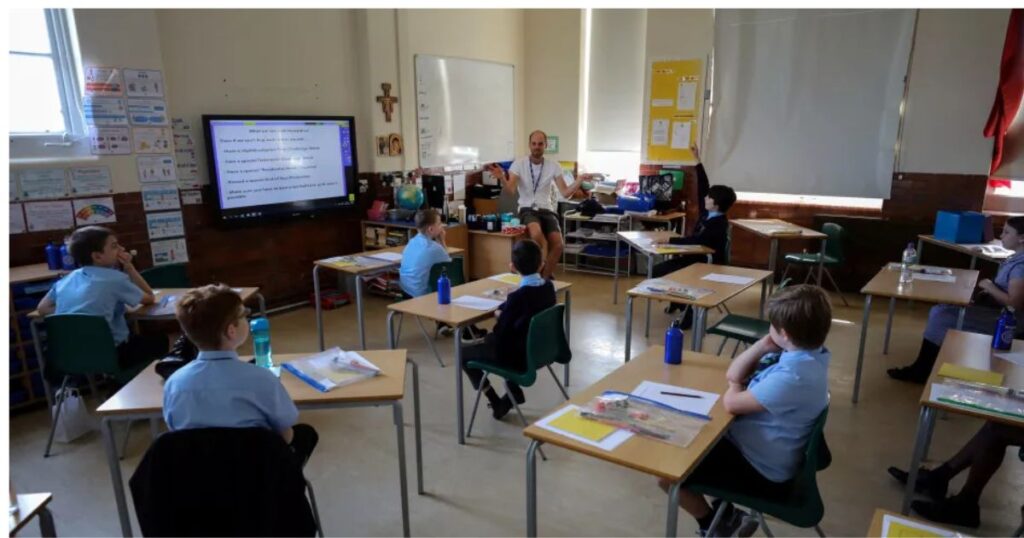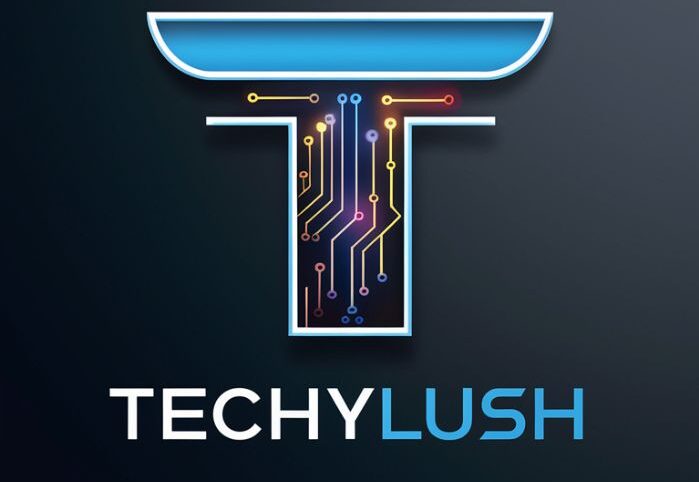You walk into a classroom, but instead of rows of desks, you see a buzzing hive of activity. Kids are programming robots, chatting with peers across the globe, and solving real-world problems.
Classroom 6X is shaking up traditional education. It’s a new approach designed for today’s fast-paced world. This innovative system combines technology, personalized learning, and real-world skills.
It’s aims to prepare students for the challenges of the 21st century. It’s about more than just textbooks and tests. This model focuses on creativity, critical thinking, and collaboration. It’s catching the attention of educators, parents, and students alike. Let’s dive into what makes this educational revolution so exciting.
What is Classroom 6X?
Classroom 6X is an educational model that integrates six key pillars:
- Technology Integration
- Personalized Learning
- Collaborative Environments
- Critical Thinking and Problem Solving
- Creativity and Innovation
- Global Awareness and Cultural Competence
By focusing on these areas, Classroom 6X aims to prepare students not just for tests, but for life in an increasingly complex and interconnected world.
The Six Pillars of Classroom 6X: A Deep Dive

Technology Integration
In a Classroom 6X setting, technology isn’t an afterthought – it’s woven into the fabric of daily learning. This doesn’t mean students are glued to screens all day. Instead, technology is used thoughtfully to enhance learning experiences.
For example, virtual reality (VR) headsets might transport students to ancient Rome during a history lesson, or data visualization tools could bring complex scientific concepts to life. The key is to use technology as a tool for engagement and deeper understanding, not as a replacement for human interaction.
Personalized Learning
One size doesn’t fit all in education, and Classroom 6X recognizes this fundamental truth. By leveraging adaptive learning technologies and data analytics, educators can tailor instruction to each student’s unique needs, interests, and learning pace.
Consider this scenario: In a traditional math class, some students might be bored while others struggle to keep up. In a Classroom 6X math lesson, students might work on personalized problem sets that adjust in real-time based on their performance, ensuring everyone is appropriately challenged.
Collaborative Environments
Teamwork makes the dream work, as they say, and Classroom 6X puts this principle into practice. The physical layout of the classroom is designed to facilitate group work, with flexible seating arrangements and collaborative workspaces.
But collaboration in Classroom 6X goes beyond physical space. Digital collaboration tools allow students to work together on projects even when they’re not in the same room, preparing them for the distributed work environments they’re likely to encounter in their future careers.
Also Read: How AI Presentation Makers Empower Non-Designers?
Critical Thinking and Problem Solving
In a world where information is at our fingertips, the ability to think critically and solve complex problems is more valuable than ever. Classroom 6X emphasizes these skills through inquiry-based learning and real-world problem-solving challenges.
For instance, instead of simply memorizing historical facts, students in a Classroom 6X history lesson might be tasked with analyzing primary sources to draw their own conclusions about historical events. This approach not only deepens understanding but also develops crucial analytical skills.
Creativity and Innovation
Classroom 6X recognizes that creativity is not just for art class. Innovation is encouraged across all subjects through activities like design thinking projects and interdisciplinary challenges.
Makerspaces are a common feature in Classroom 6X environments, providing students with the tools and materials to bring their ideas to life. These spaces might include 3D printers, robotics kits, and traditional craft supplies, allowing students to experiment and create in both high-tech and low-tech ways.
Global Awareness and Cultural Competence
In our interconnected world, understanding diverse cultures and global issues is crucial. Classroom 6X brings the world into the classroom through virtual cultural exchanges, multilingual resources, and projects focused on global citizenship.
For example, students might participate in a virtual pen pal program with peers from around the world, or work on collaborative projects addressing global challenges like climate change or poverty.
Implementing Classroom 6X: A Step-by-Step Guide
Transforming a traditional classroom into a Classroom 6X environment is no small task, but the benefits can be tremendous. Here’s a step-by-step guide to get started:
- Assess your current setup: Take stock of your existing resources, technology, and teaching methods.
- Identify areas for improvement: Where are the gaps between your current classroom and the Classroom 6X model?
- Develop an action plan: Prioritize changes and create a timeline for implementation.
- Train teachers and staff: Provide professional development opportunities to ensure everyone is comfortable with new technologies and teaching methods.
- Engage students and parents: Communicate the benefits of Classroom 6X and involve them in the transition process.
Case Study: Classroom 6X in Action
Let’s look at how one school implemented Classroom 6X principles to transform their learning environment:
| Challenge | Solution |
|---|---|
| Budget constraints | Seek grants, community partnerships, and phased implementation |
| Resistance to change | Provide thorough training and showcase early successes |
| Technical difficulties | Establish a robust IT support system and encourage peer-to-peer tech support |
| Maintaining human connection | Balance technology use with face-to-face interactions and relationship-building activities |
The Future of Classroom 6X
As technology continues to evolve, so too will the Classroom 6X model. Emerging technologies like artificial intelligence and augmented reality are likely to play an increasing role in personalized learning and immersive educational experiences.
However, the core principles of learning space personalization, collaboration, critical thinking, creativity, and global awareness – will remain crucial in preparing students for the challenges and opportunities of the future.
Conclusion
Classroom 6X represents a bold step forward in education, one that embraces the possibilities of technology while staying true to the fundamental goals of learning. By creating environments that foster creativity, critical thinking, and global awareness, we can prepare students not just for exams, but for life in the 21st century and beyond. As educators, policymakers, and parents, we have a responsibility to provide our students with the best possible learning environments.


